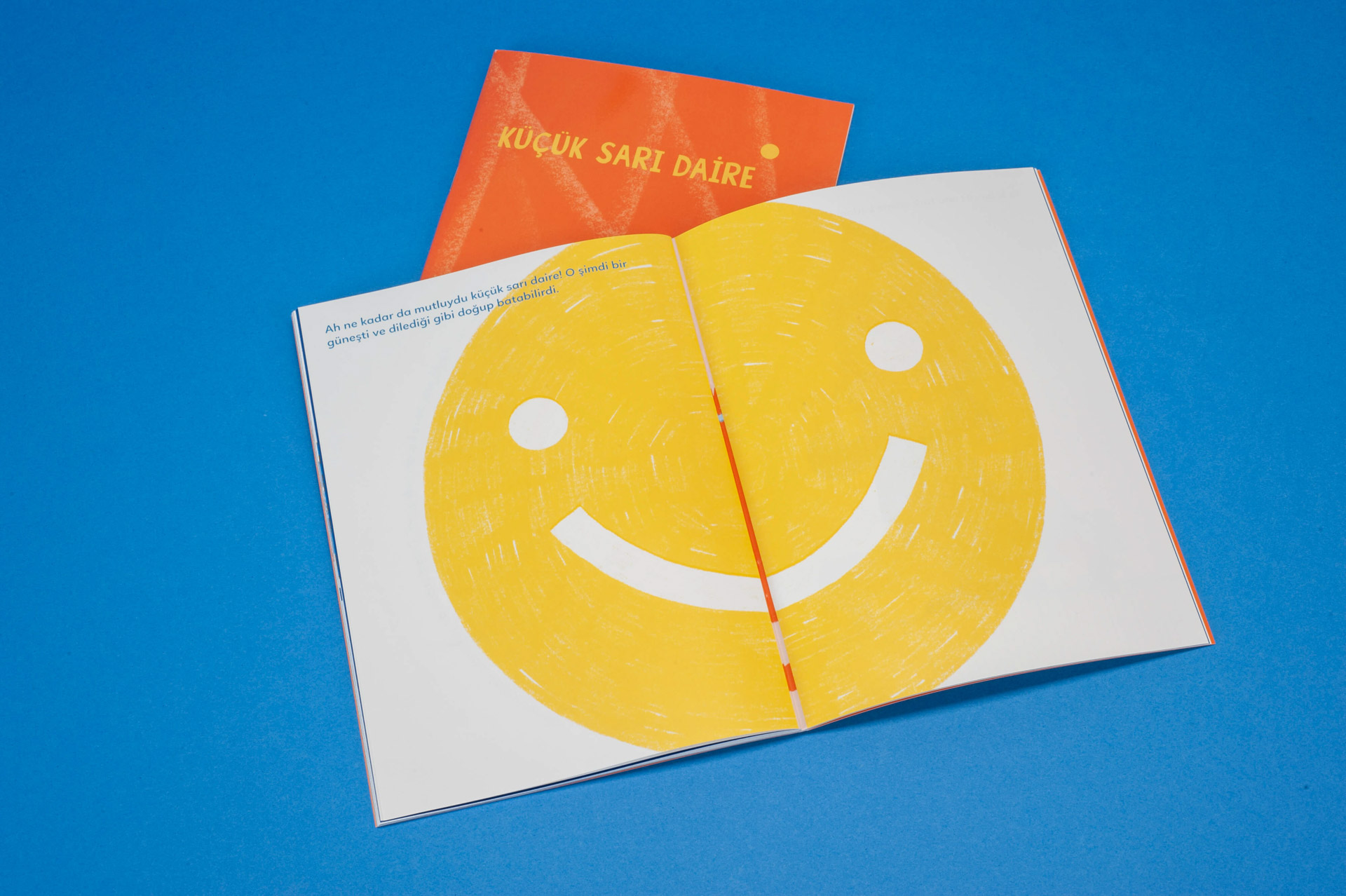Focusing on the values that cities carry from the past to the present, the workshop reinterprets Istanbul through the elements that constitute urban culture and identity. In three sessions with different participants, the workshop concludes with the creation of a collective narrative of Istanbul using fabric and tulle. This narrative becomes part of the interactive structure of the PƎRⱯ Reverse, inviting visitors to engage with the artworks and the process-oriented approach. The installation, growing with each workshop, is displayed on the wall of the Pera Learning workshop throughout the exhibition.
Capacity: 12 people
Duration: 90 minutes
Fee per workshop: 300 TL
The event will take place at the Pera Museum (face-to-face).
For more information: ogrenme@peramuzesi.org.tr

Published as part of Pera Learning programs, “The Little Yellow Circle (Küçük Sarı Daire)” is a children’s book written by Tania Bahar and illustrated by Marina Rico, offering children and adults to a novel learning experience where they can share and discover together.

Coffee was served with much splendor at the harems of the Ottoman palace and mansions. First, sweets (usually jam) was served on silverware, followed by coffee serving. The coffee jug would be placed in a sitil (brazier), which had three chains on its sides for carrying, had cinders in the middle, and was made of tombac, silver or brass. The sitil had a satin or silk cover embroidered with silver thread, tinsel, sequin or even pearls and diamonds.
Tuesday - Saturday 10:00 - 19:00
Friday 10:00 - 22:00
Sunday 12:00 - 18:00
The museum is closed on Mondays.
On Wednesdays, the students can
visit the museum free of admission.
Full ticket: 300 TL
Discounted: 150 TL
Groups: 200 TL (minimum 10 people)